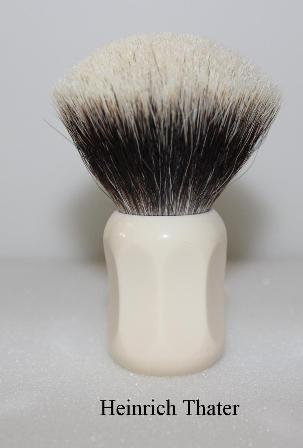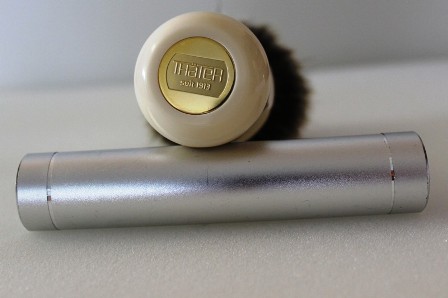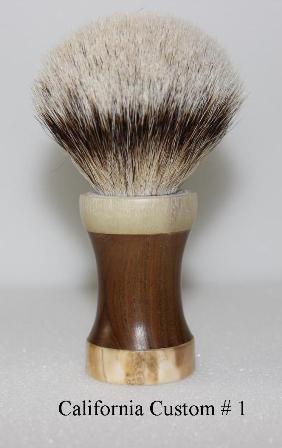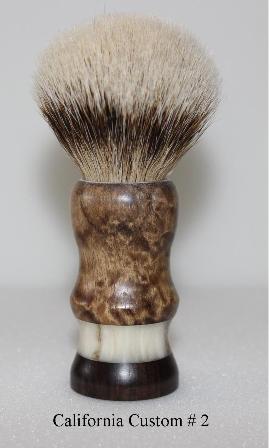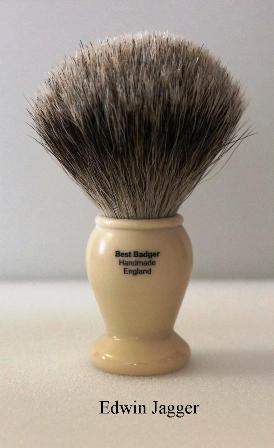Brush Observations
Welcome and let’s take a look at some badger brushes. This article was conceived in a forum discussion, as to which shave brush was better than or as good as, a top of the line badger brush. When I use the term “top of the line”, I mean a brush made by a reputable company, made of select quality material and a brush that gets great reviews by wet shavers who have purchased it. The brush that represents that term, for purposes of this article, is the Heinrich Thater model 4125/2, a 26mm badger knot set in faux ivory.
Many shave brushes become popular by reviews that are packed with subjective information.
Statements like;
“This brush makes great lather.”
“The brush feels great in the hand.”
“The brush has just the right amount of scritch.”
“This brush performs better than all my other brushes.”
“The brush lifts my whiskers so I can get a close shave.”
“The brush has soft tips and feels good on my face.”
The list of subjective statements made about brushes can go on and on. There is nothing wrong with personalizing your shave brush or any other equipment, for that matter. This is actually part of the pleasure of using it. How we feel about the performance of our brush, is very real to us. The problem lies with recommending a brush to someone else. We are not all alike; meaning, our faces are different. What feels good on your face, may not on mine. Our beards are different. Our experience level in wet shaving may be vastly different. I truly feel that a great shave cream can enhance the performance of a brush. Does this mean I have a great brush?
The Tests
Most of us will never get the opportunity to witness the manufacturing of our favorite brush. Is there a way I can tell if the brush I want to buy will perform solidly and last? How do I tell the difference between a good starter brush and a brush that carries the associated term “top of the line”?
These questions rang loudly in my head also. So let’s have a simple test of selected brushes and see if there is a pattern in their performances that can be described with facts.
Nine brushes were selected for the test. Obviously the Thater model 4125 is included in the selection. Eight other brushes were chosen based on their manufacturer’s reputation for producing fine shave brushes. Some of the brushes were made by well know companies and the others are custom made brushes. The custom brushes were made by men who are well respected in their craft for producing quality shave brushes. The company manufactured brushes will have their company logo visible in the tests and named accordingly. The custom made brushes will be identified by the state from where the craftsman lives. I did this so, because I value the work of all of them and I will not use this article as a promotional tool to benefit one over the other. If you contact me privately, I will tell you who made a particular brush.
Before we get started with the test in this article, take a good look at the brush photos. Can you identify the type of badger knots in each brush? Which knot is a best badger, a pure badger knot, a finest badger knot, a two band badger knot, a super badger knot, a High Mountain White badger knot, a silvertip badger knot? Probably not, unless you spend a lot of time learning about them and constantly stay on top of the current marketing involved in the badger knot business. I’ve spent several weeks trying to draw clear lines between some of the knots mentioned; I’ve had little success.
